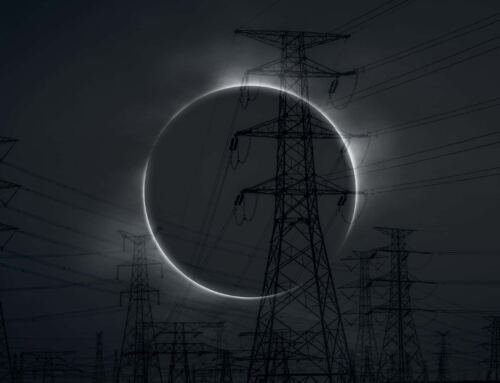How investing in a net-zero home could effectively eliminate those pesky energy bills.
There are only a few places we really care to see some zeros – the first, on our paycheck after a positive integer; the second, under the “turnovers committed” column for our favorite basketball team; and lastly, at the bottom of our utility bills. The first and second are really out of our control. But the latter, which may seem counterintuitive to some, is actually quite doable thanks to something known as a “net-zero home”.
What Is Net-zero?
A net zero home is effectively a home that makes as much energy as it consumes. This is where you may want to be careful. Because the development of these homes is relatively new, definitions for what constitutes net-zero are somewhat undefined. Net-zero does not mean that a home consumes no energy at all. It simply implies that within the course of a year, the net energy, or energy consumed and produced, is effectively nil. When applied to a zero net energy home, that might mean that during the summer the home actually produced a surplus of energy which was sold back to the utility at profit, but during the winter, supplemental power had to be purchased from the grid. The net cost was zero.
How Is That Possible?
There are a number of ways net-zero is achieved in homes, usually involving a combination of techniques tailored to a specific geographical location or site. The first thing any ecobuilder will determine is a building’s orientation. Simple tweaks in the angle of the roofline or the direction of primary windows can make a world of difference in a home’s energy consumption – something most tract builders don’t consider. Once a site-specific design is complete, the next step is to outfit the house with cost-effective materials and assemblies that focus on one thing: improving energy efficiency. That means insulation, multi-paned windows, quality caulking, weatherstripping, and much, much more. With these low-tech features out of the way, only then do net-zero home builders move on to the fancy gadgetry that most people associate with sustainable dwellings – solar panels, geothermal heat pumps, and rainwater collection systems. On site energy generation, such as solar panels, combined with energy conservation techniques, such as employing spray-foam insulation, result in a home that effectively uses no net energy. That means that when the utility bill comes in the middle of August, it will look more like zero to twenty dollars as opposed to two hundred dollars.
Why Net-zero?
There are multiple reasons people choose to build or buy a net-zero home. Concerns about the environment, or an interest in indoor air quality and overall build quality are some primary concerns. But the biggest reason to go net-zero by far revolves around notions of cost. The basis of a net-zero home is the idea of upfront investment in return for fixed long-term costs, of which energy bills are only a part. One way to think about net-zero buildings is to understand that a homeowner is paying for everything, including future energy bills, up front. While the initial cost will certainly be higher, the play is that by drastically reducing or even eliminating monthly costs, the homeowner will save a hefty sum of money over the long run.
This makes a lot of economic sense for homeowners looking to live in a house for years to come. It is a documented fact that electrical bills rise over time. A net-zero home effectively isolates the homeowner from any and all future rises in the price of electricity. For instance, the price of gasoline in 1996 hovered around ninety nine cents – cheaper than a bottle of water. If anyone could purchase gas today at that price in bulk, logistics aside, they would do it in a heartbeat. A net-zero home functions the same way. Pay now, save forever. By the same token, renewable systems technologies have fallen drastically in price in the past few years. Solar arrays are cheaper than ever. The results have been a huge surge in interest regarding affordable green residential homes.
Netting Some Zeros
After a long and difficult recession, Americans are ready to get back in shape, to reduce debt and to dump those silly SUV’s that were all the rage in the early 2000’s. Part of that shift in national conscience has been an uptick of citizens less excited about “mcmansions” and more interested in either sustainable retrofits or buying a net-zero home. The recent record-breaking drought and the devastation of Hurricane Sandy has also left an indelible impression on the minds of most Americans about the urgency of dealing with climate change. Buildings, which account for 40 percent of global energy consumption, are often the biggest offenders when it comes to carbon emissions and accelerating global warming.
So while watching the San Antonio Spurs commit 20 turnovers may be extremely frustrating, seeing ten to twenty times that number on my monthly bill, or reading about the irreversible 2-meter rise in sea levels is considerably more frightening. The difference, of course, between doom and business-as-usual is determined by the placement of a few pesky zeros.
































Leave A Comment